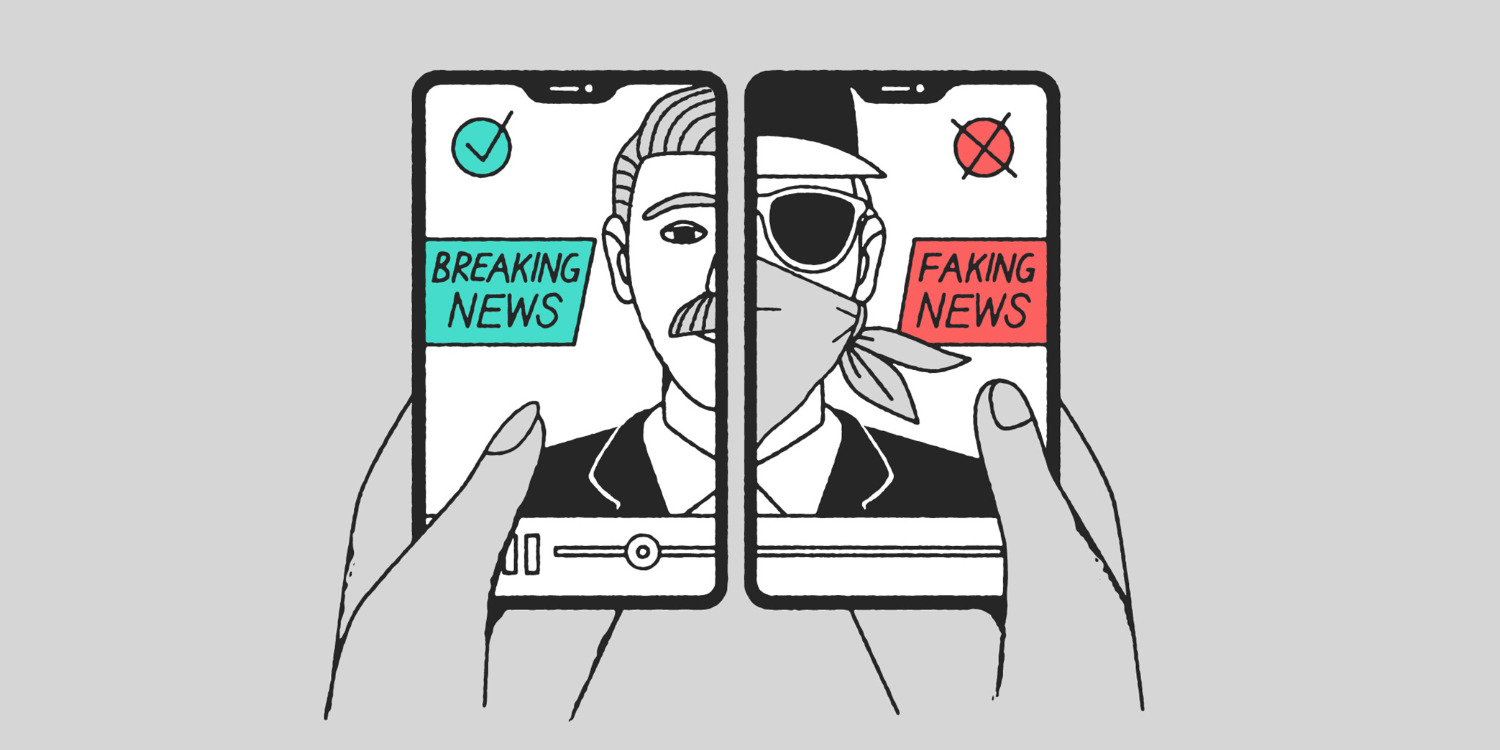Combating Fake News

As the world is more connected through internet and social media, news spreads rapidly across all corners of the globe. Although this helps citizens to stay informed, it has allowed for fake news to spread as easily.
Fake news is information that has been deliberately distorted with the aim of deceiving readers. Such news is usually sensational and aims for strong reactions from readers. Unfortunately, fake news can deceive all internet and social media users. It is therefore imperative, especially in extraordinary times such as the ones we’re living in, for everyone to determine what true and fake news is.
If one is reading a news article and thinks that it might be fake news, the first step is to confirm that the facts and figures presented are accurate. This can be done either by comparing the article to another one from a reliable news outlet or by checking sources used by the author of the article. If the sources used are unidentified, then the article is probably fake news. Checking pictures, through a simple image search, is another way of verifying true or false news. As pictures within the article can be easily taken out of context or taken from an event which is not related to the one being reported.
Furthermore, one needs to be careful when coming across biased articles as this is common trait of fake news due to the fact that established media outlets seek to avoid bias. If one feels that the article is biased, they should look at the URL and if it looks odd then one should check the ‘about’ section to see who is behind or funding the news portal. One could also check the author behind the article, however, if the name is made up or the article is anonymous, then most probably the news is fake.
In order to counter the spread of disinformation, users are urged to follow ‘Myth Busters’ such as EUvsDisinfo that reports on fake stories.
